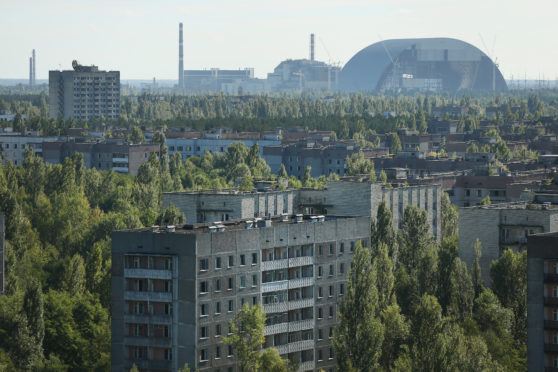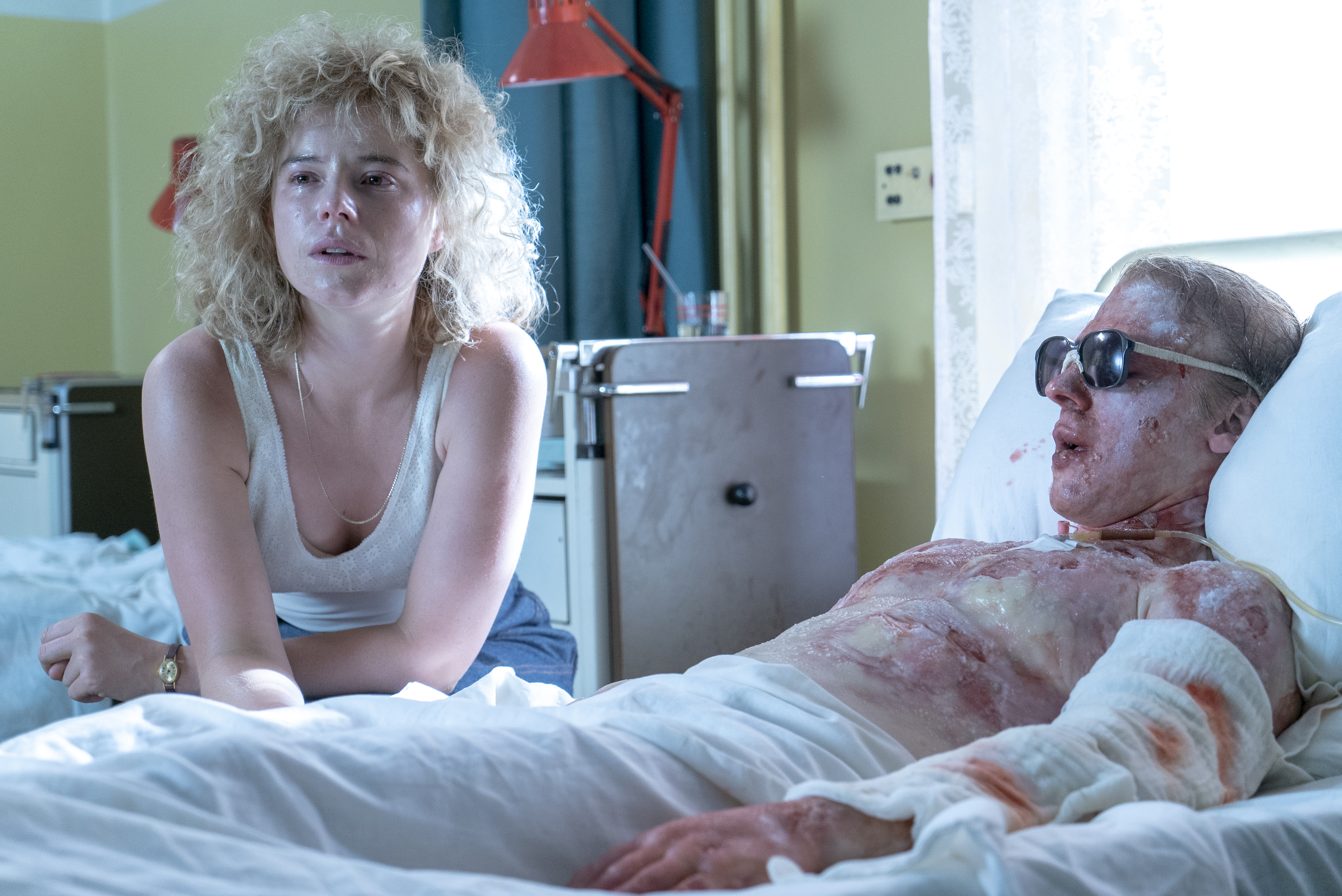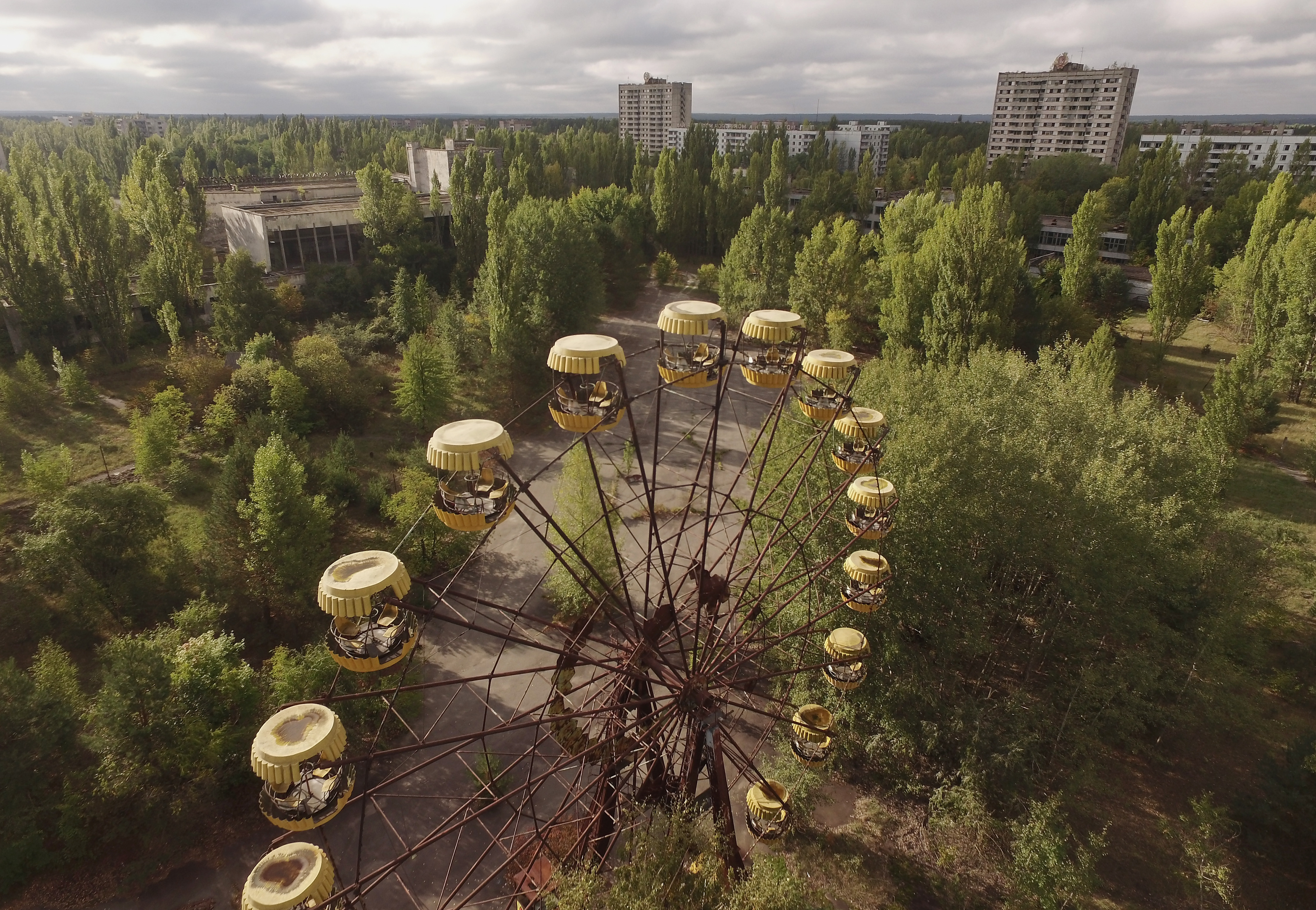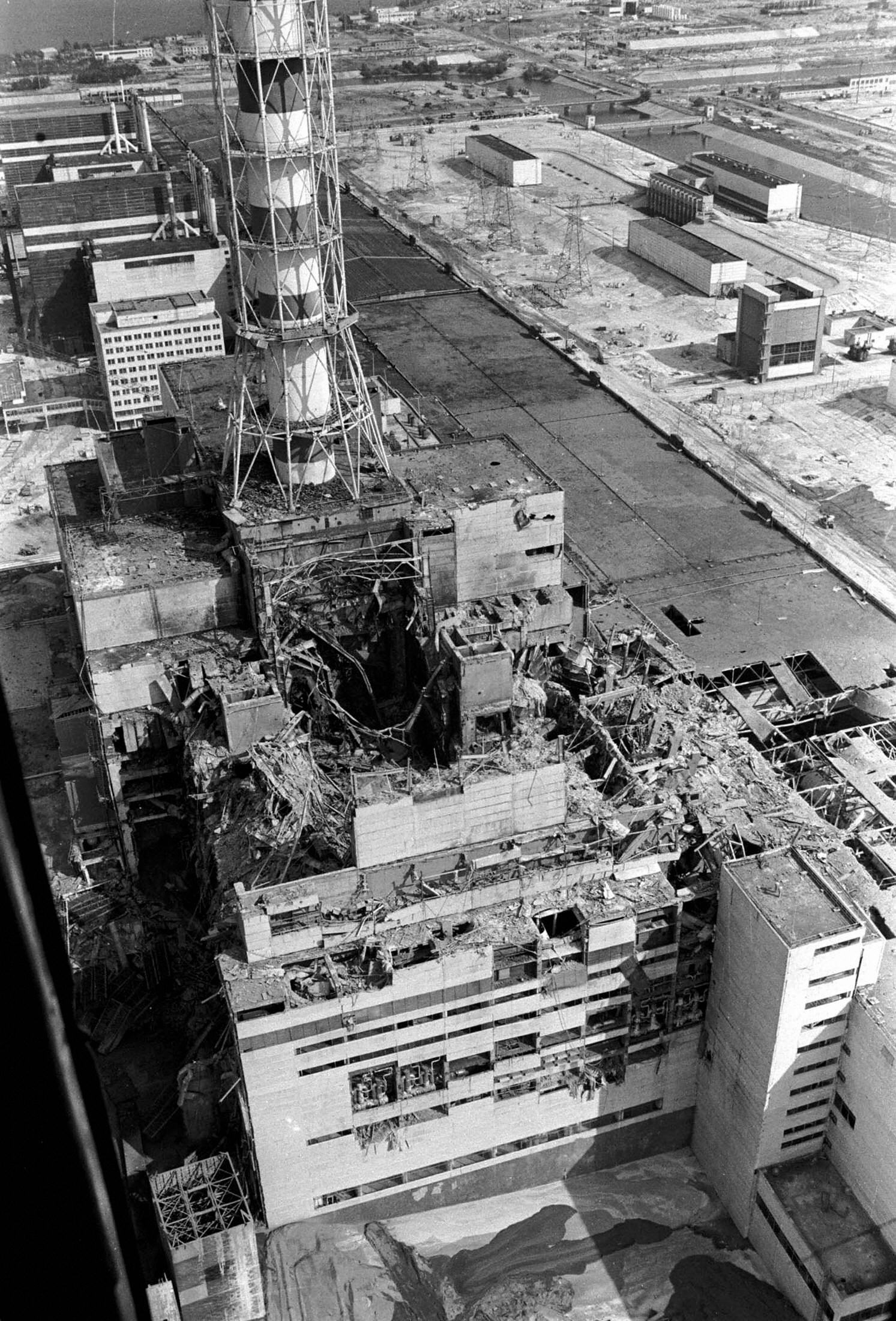
The hit TV drama Chernobyl brought the horrors of the disaster to our screens, but the real-life victims of the nuclear plant explosion are now on a month-long visit to Scotland.
Ten children from the Ukranian town of Borodianka, around 90 miles from Chernobyl, are spending almost a month living with Scots families, thanks to the Forth Valley Branch of the Chernobyl Children’s Lifeline charity.
The Chernobyl children are being offered weeks of relief from the radiation still present in the surrounding area, and were given a day-long visit to intu Braehead as part of their stay.
It’s the fifth time the shopping centre has welcomed visiting children from the Chernobyl Children’s Lifeline charity to enjoy its activities.
33 years since the worst nuclear plant disaster in the world, people living nearby Chernobyl remain affected by the explosion, living in an atmosphere and environment still contaminated by the effects of radiation.
On April 25, 1986, a safety test went wrong at the Ukranian nuclear plant, leading to an explosion that blew up part of reactor number four, and a fire that burned for more than a week.
A cloud of radiation was released into the atmosphere that spread first across the local area, and eventually over large parts of Europe.
It’s estimated that the amount of radioactive material was 400 times more than the atom bomb dropped on Hiroshima.
The events of Chernobyl and the many deaths it resulted in have been brought to life in the five-part mini series, available to stream on NOW TV.
The series has been a huge hit – the highest rated TV show of all time on IMDB – and doesn’t shy away from the horrors the Chernobyl disaster inflicted on those involved in its cleanup and after effects.
Nina Kachalenko, the accompanying teacher of the ten children visiting Scotland says she and her pupils have all watched the TV drama back home, although the series was combined into one film for broadcast in the Ukraine.
“It was horrible to watch,” she said.
“But it’s important that the world knows the truth of what happened at Chernobyl and the risks involved with nuclear power plants.
“The film told us things we didn’t know.”
The dramatisation of the Chernobyl disaster, although a hard watch, has had a positive effect on helping those involved, says Gail MacDonald, chairperson of Chernobyl Chilren’s Lifeline Forth Valley Branch.
“When I watched the Chernobyl TV dramatisation I was transfixed,” she said.
“There was so much about the disaster that I had been told about being played out in front of my own eyes.
“For years I had been going round groups and organisation giving talks and trying to get support for the charity.
“It was probably hard for people to actually understand the horrors of the Chernobyl nuclear explosion were still being felt today with just my words trying to describe what is going on.
“But the TV show really brought home to people what had happened. It has had a huge impact on the support we are getting to bring the children to Scotland.
“Since the series was broadcast on TV we’ve had a lot more donations and offers of help. It’s done a huge amount for the charity.”
Thanks to winds and weather patterns carrying radioactive particles, the effects of the Chernobyl disaster were felt all over Europe, including Scotland.
Two months after the explosion, radiation levels in topsoil in the south-west of the country were discovered to be 4,000 times higher than normal.
In Scotland restrictions on the movement and slaughter of sheep were first put into force on 24 June 1986.
During the year, 2,900 farms, stocking 1.5 million sheep, were affected by the restrictions.
Clusters of high cancer rates in Scotland have also been linked by scientists and doctors to Chernobyl over the years.
But those living nearby the site of the disaster still remain the most negatively affected.
“The horrifying effects of radiation leaks after the Chernobyl disaster more than 30 years ago are still being felt today and will be for future generations,” continued Gail.
“Scientists say that of all the children born in these countries, 90 per cent will suffer some form of illness or health defect caused by radiation by the time they become an adult.
“The children we bring over to Scotland not only have to deal with high levels of radioactive Caesium in their bodies, they are also living in abject poverty.
“While they are here, they are free from radiation, eating uncontaminated food and breathing clean air, which means their immune systems are boosted and they’ll have a better chance of survival when they go back home.”

Enjoy the convenience of having The Sunday Post delivered as a digital ePaper straight to your smartphone, tablet or computer.
Subscribe for only £5.49 a month and enjoy all the benefits of the printed paper as a digital replica.
Subscribe


